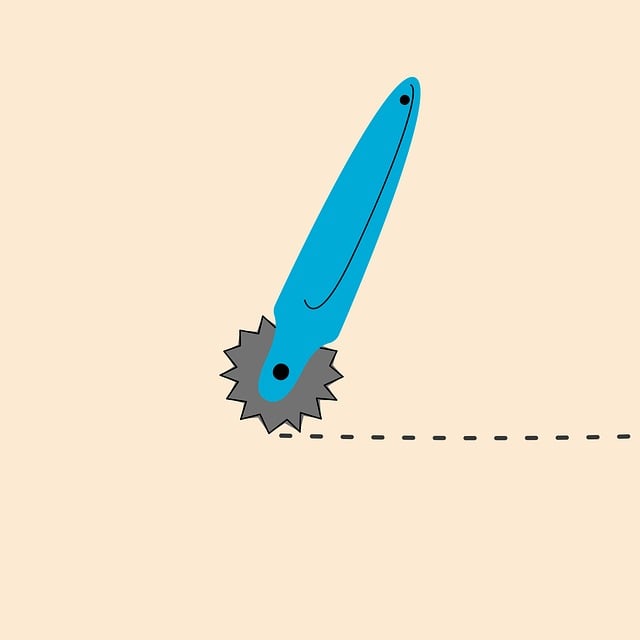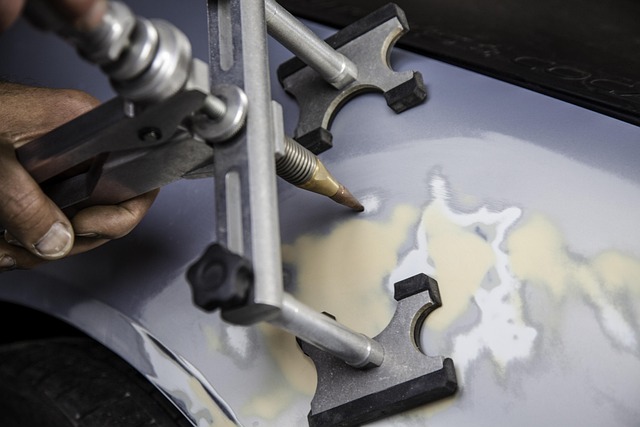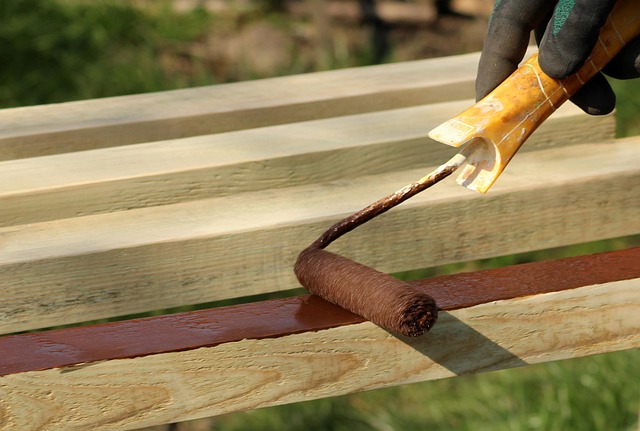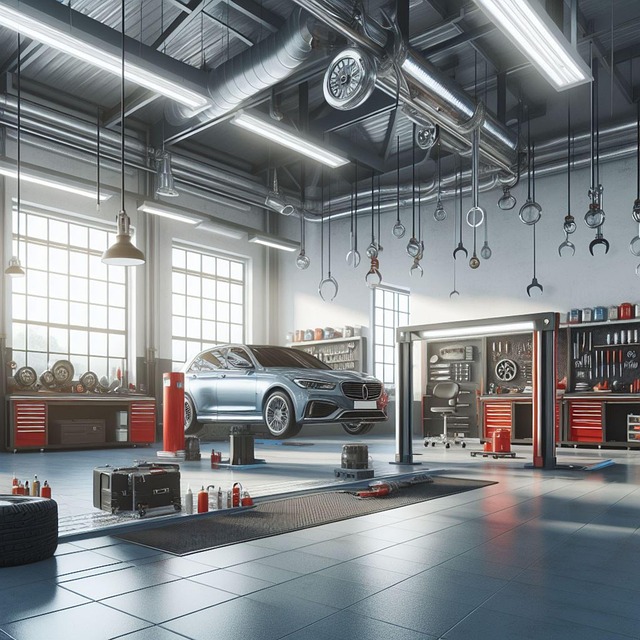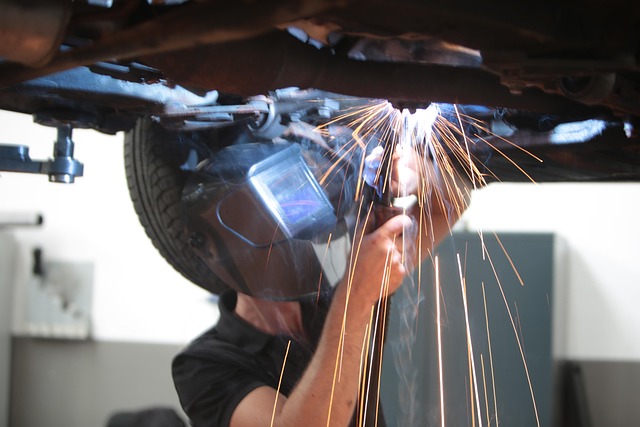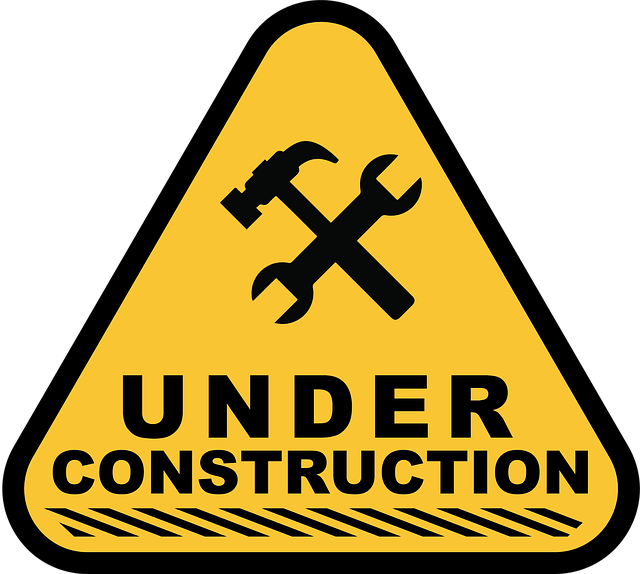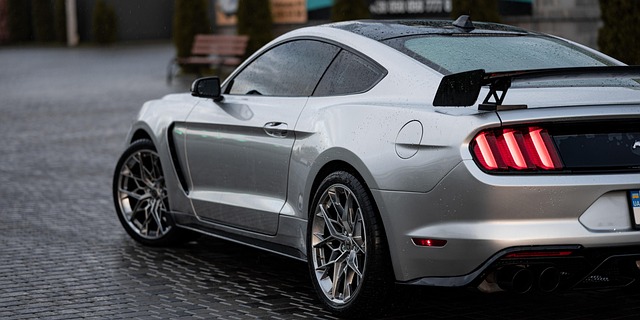Climate and air quality significantly impact auto paint repair durability. Extreme temperatures slow curing, UV exposure speeds deterioration, humidity causes rust, and pollution leads to oxidation and fading. Proactive measures like regular washing, waxing, and protective coatings are crucial. Choosing climate-specific paints and using proper drying agents ensure optimal longevity. Substrate preparation, including rust removal, debris clearing, degreasing, and primers, is essential for long-lasting, durable finishes that resist chipping, peeling, and early fading.
“Uncover the intricate relationship between environmental factors and the durability of auto paint repairs. This comprehensive guide explores how climate and weather conditions, air quality, and substrate preparation significantly impact the longevity of painted surfaces on vehicles. From the damaging effects of extreme temperatures to the influence of pollution, each aspect plays a crucial role in determining the success of auto paint repair jobs. Discover practical insights into ensuring long-lasting, durable repairs that withstand the challenges posed by our ever-changing environments.”
- Understanding the Impact of Climate and Weather Conditions on Auto Paint Repair
- The Role of Air Quality and Pollution in Determining Durability of Repaired Paintwork
- How Substrate Preparation and Surface Condition Influence the Longevity of Auto Paint Repairs
Understanding the Impact of Climate and Weather Conditions on Auto Paint Repair

Climate and weather conditions play a significant role in determining the durability of auto paint repair. Extreme temperatures, whether scorching heat or freezing cold, can impact the curing process of fresh paint, leading to potential weaknesses and reduced longevity. Additionally, constant exposure to UV rays from sunlight accelerates the deterioration of paint, making it more susceptible to chipping and fading over time. Humidity levels are also crucial; high humidity environments may contribute to moisture entrapment under the paint surface, causing rust and other forms of corrosion that compromise the repair’s integrity.
Understanding these environmental factors is essential for auto body technicians and owners alike. While advanced techniques like paintless dent repair offer solutions for certain damages, addressing climate-related challenges requires proactive measures. Regular washing, waxing, and application of protective coatings can shield the painted surface from harsh weather conditions. Moreover, choosing auto paints designed for specific climates and using proper drying agents during repairs ensures optimal durability, ensuring vehicles maintain their sleek appearance even in challenging environmental settings.
The Role of Air Quality and Pollution in Determining Durability of Repaired Paintwork

The air we breathe plays a significant role in the long-term durability of auto paint repair work. In urban areas with high pollution levels, the environmental conditions can accelerate the deterioration of freshly painted surfaces. Fine particles and pollutants in the air can settle on the paint, causing oxidation and premature fading. This is particularly relevant for cars located in densely populated cities where vehicle emissions contribute to overall air quality.
Additionally, poor air quality can impact the curing process of auto paint. Certain pollutants act as inhibitors, delaying the chemical reactions necessary for achieving a robust, long-lasting finish. Consequently, vehicles undergoing paint repairs in such environments may require additional coats or faster drying times to compensate and ensure the repair’s longevity. Regular maintenance and choosing high-quality paints designed to resist environmental damage are essential strategies for auto collision centers and bodyshops to consider when aiming for maximum durability in their paintwork.
How Substrate Preparation and Surface Condition Influence the Longevity of Auto Paint Repairs
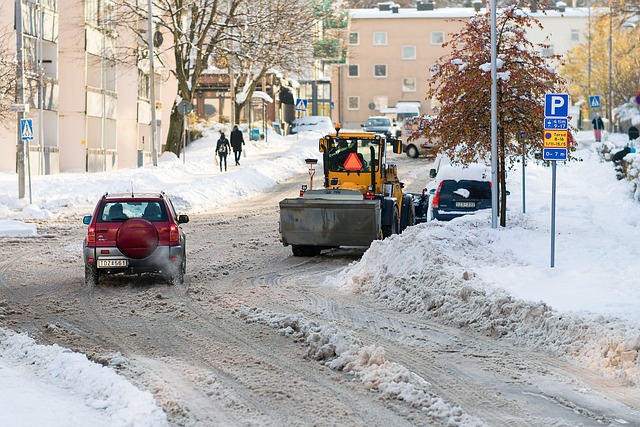
The substrate preparation and surface condition play a pivotal role in determining the longevity of auto paint repairs. A smooth, clean, and properly treated base ensures that new paint adheres well, creating a durable finish. Before painting, it’s crucial to thoroughly inspect and prepare the damaged area, removing any rust, debris, or old paint to create an even surface. This process involves sanding, degreasing, and sometimes using primers to enhance adhesion.
In automotive collision repair or auto body work, achieving a perfect substrate preparation is essential. Irregularities like dirt, grease, or remaining debris can lead to poor paint bonding, resulting in chipping, peeling, or early fading of the repair. Thus, paying close attention to the surface condition and using suitable methods for auto paint repair is vital to guarantee long-lasting results that stand the test of time and various environmental conditions.
In conclusion, the durability of auto paint repairs is significantly influenced by a combination of environmental factors, including climate and weather conditions, air quality, and substrate preparation. Understanding these elements is key to ensuring long-lasting results in auto paint repair. By considering the impact of each factor, technicians can optimize their processes, leading to more vibrant, durable finishes that stand the test of time and varying environments.


